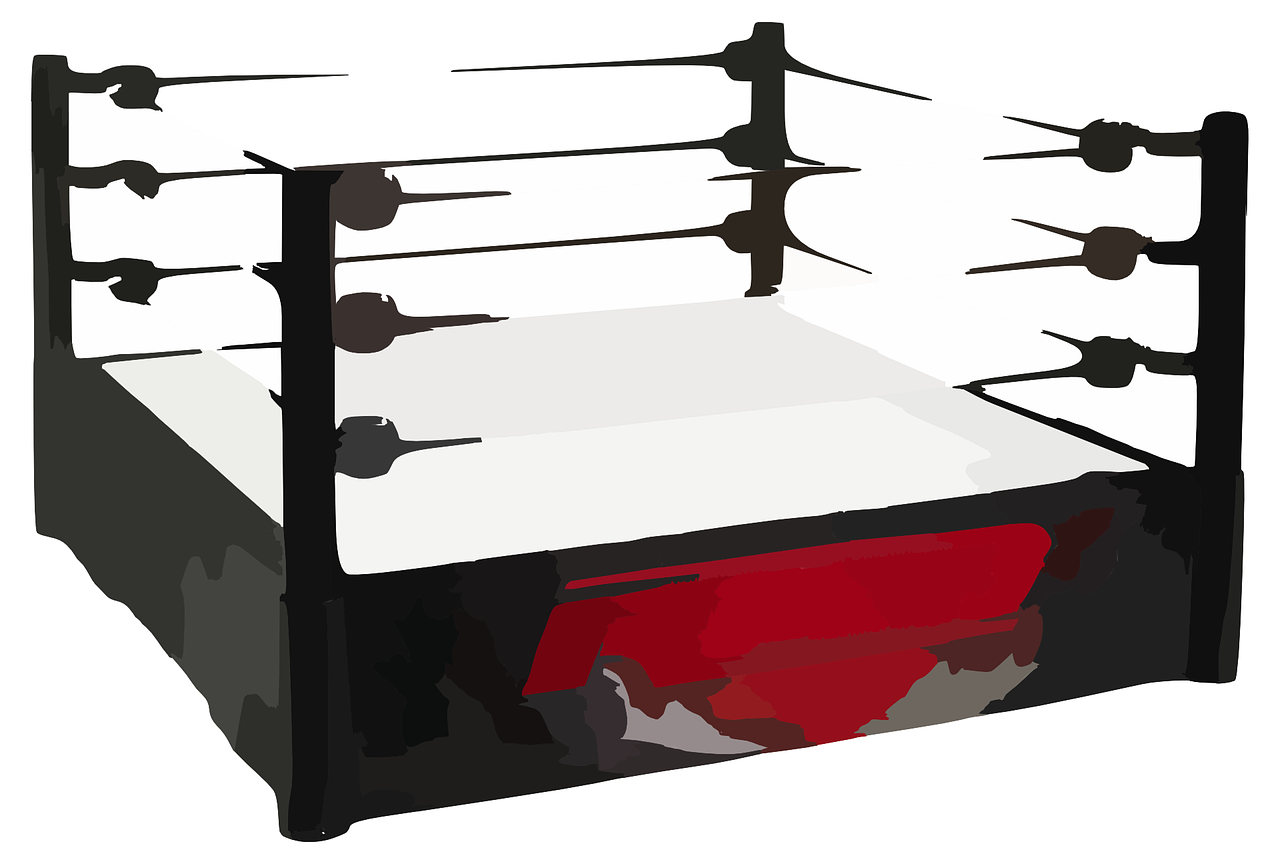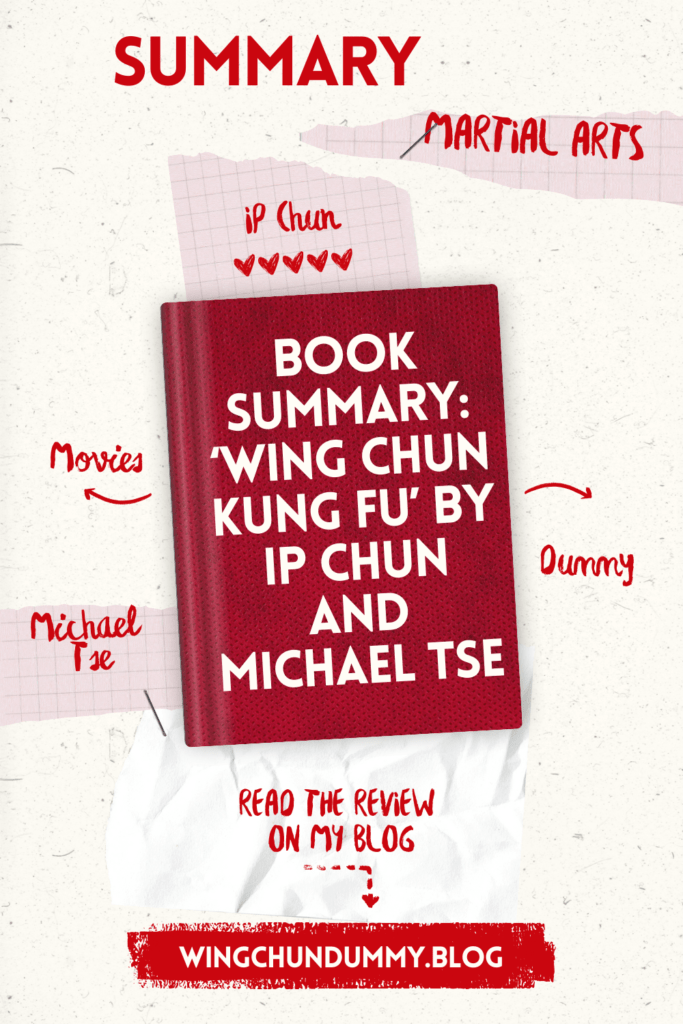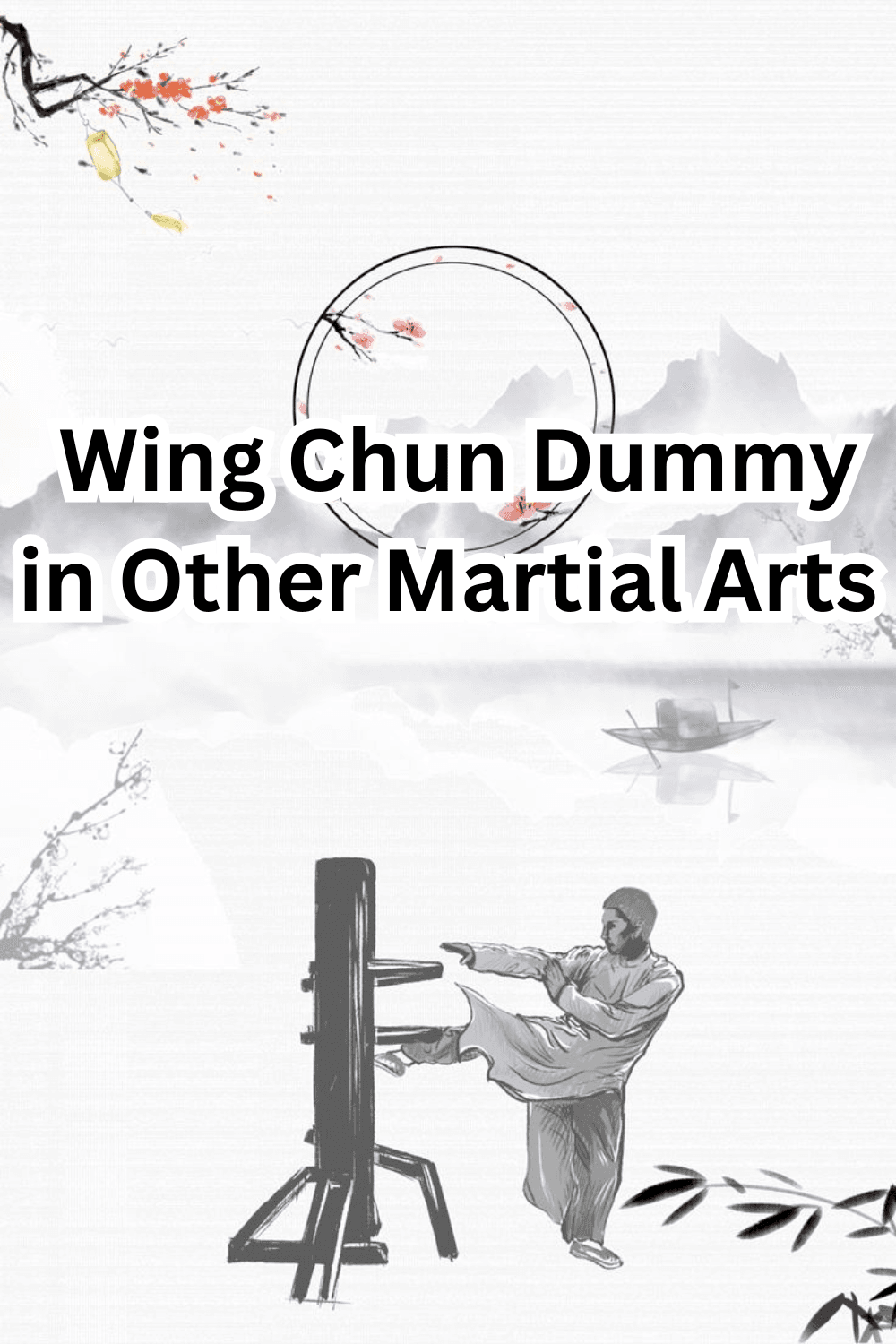Wing Chun Kung Fu is a traditional Chinese martial art that has garnered significant attention for its unique focus on efficiency, directness, and simplicity.
Originating in Southern China, Wing Chun was developed during the Qing Dynasty and is attributed to the legendary martial artist, Yim Wing Chun.
The martial art’s name is derived from her, signifying “eternal springtime” and embodying the timeless nature of its principles.
Wing Chun Kung Fu stands out among other martial arts due to its historical context and evolution.
Initially designed as a self-defense system against armed and unarmed opponents.
It emphasizes quick responses and close-range combat.
Over the centuries, Wing Chun has evolved, incorporating modern techniques while retaining its core principles.
It gained broader recognition in the 20th century, particularly through the teachings of Ip Man.
a grandmaster who significantly influenced its modern-day practice.
At the heart of Wing Chun Kung Fu lies a profound philosophy that prioritizes practicality and straightforwardness.
Unlike many martial arts that involve high-flying kicks or elaborate movements.
Wing Chun focuses on direct, efficient techniques that conserve energy and maximize impact.
This is evident in its key principles, such as the centerline theory, which emphasizes protecting and attacking along the body’s central axis.
and the concept of economy of motion, which seeks to minimize unnecessary movements.
The significance of Wing Chun Kung Fu extends beyond physical combat, embodying a holistic approach to self-improvement.
Practitioners often find that the discipline, mental clarity, and strategic thinking cultivated through Wing Chun practice transcend into other areas of life.
Its emphasis on mindfulness and adaptability makes it not just a martial art, but a way of life that promotes personal growth and resilience.

Authors’ Background: Ip Chun and Michael Tse
Ip Chun, born in 1924, is the eldest son of the legendary martial artist Ip Man, who popularized Wing Chun Kung Fu globally.
Steeped in the rich lineage of Wing Chun, Ip Chun began his training under the meticulous guidance of his father.
His dedication and proficiency quickly became evident, and he soon established himself as a prominent figure in the martial arts community.
Over the decades, Ip Chun has not only preserved the traditional techniques of Wing Chun but has also adapted them to modern contexts, making the art accessible to a global audience.
Ip Chun’s contributions to Wing Chun are manifold.
He has been teaching Wing Chun for over five decades, both in Hong Kong and internationally.
His pedagogical approach emphasizes the philosophical underpinnings of Wing Chun, alongside its practical applications.
His numerous workshops, seminars, and instructional videos have garnered a wide following.
making him a respected authority in the martial arts world.
Ip Chun’s commitment to the art form is also evident in his literary works.
where he meticulously documents the principles and techniques of Wing Chun, ensuring its continuity for future generations.
Michael Tse’s journey in martial arts began with traditional Chinese medicine and Qi Gong.
His holistic approach to health and wellness naturally led him to explore the martial arts, where he found a profound connection with Wing Chun.
Tse’s dedication to mastering the art brought him under the tutelage of Ip Chun.
This mentor-mentee relationship blossomed into a collaborative partnership, resulting in the co-authorship of ‘Wing Chun Kung Fu‘.
Tse’s extensive background in various Chinese martial arts and healing practices enriches his understanding of Wing Chun.
allowing him to present it in a comprehensive and accessible manner.
Together, Ip Chun and Michael Tse offer a unique blend of traditional wisdom and contemporary insight.
Their collaborative work on ‘Wing Chun Kung Fu’ serves as a testament to their expertise and passion for the martial art.
providing readers with an in-depth understanding of Wing Chun’s principles and techniques.
Fundamental Concepts and Theories

In ‘Wing Chun Kung Fu’ by Ip Chun and Michael Tse, the authors delve into the core principles that form the bedrock of Wing Chun.
One of the primary concepts explored is the centerline theory.
This theory posits that the imaginary line running down the center of the human body is the most critical area to protect and attack.
By focusing on this central axis, a Wing Chun practitioner can effectively control and neutralize an opponent’s movements.
The centerline theory is pivotal in ensuring that every action taken is both strategic and efficient.
Another essential principle highlighted in the book is the economy of movement.
This idea emphasizes the importance of minimalism in motion.
Wing Chun techniques are designed to be highly efficient, eliminating unnecessary movements that could slow down a fighter or leave them vulnerable.
The economy of movement ensures that each action is direct, purposeful, and executed with the least amount of effort, thereby conserving energy and maximizing effectiveness.
The concept of simultaneous attack and defense is also a fundamental aspect of Wing Chun.
Unlike other martial arts where blocking and attacking are distinct phases, Wing Chun advocates for a seamless integration of the two.
This duality allows practitioners to defend themselves while simultaneously countering an opponent’s strike, creating a fluid and dynamic form of combat.
By mastering the art of simultaneous attack and defense.
a Wing Chun practitioner can maintain control and pressure on their opponent.
making it difficult for the adversary to find an opening.
These foundational concepts —
economy of movement,
and simultaneous attack and defense
— are integral to understanding the deeper mechanics of Wing Chun.
They provide the framework upon which more advanced techniques and strategies are built.
making them crucial for anyone serious about mastering this martial art.
The book meticulously breaks down these theories, offering readers a comprehensive guide to the principles that make Wing Chun a unique and effective form of self-defense.
Basic Techniques and Forms

Wing Chun Kung Fu, a traditional Chinese martial art, emphasizes efficiency, precision, and economy of movement.
Central to its practice are the basic techniques and forms that serve as the foundation for all advanced training.
Understanding these elements is crucial for developing the skills necessary to excel in Wing Chun.
The essential stances in Wing Chun focus on stability and readiness.
The primary stance, known as Yee Jee Kim Yeung Ma, involves a slight bend in the knees, feet pointed inward, and the body centered, ensuring balance and quick mobility.
This stance is fundamental, as it prepares practitioners for rapid transitions between movements.
Hand movements are another critical aspect of Wing Chun. Techniques such as the Tan Sau (palm-up hand), Bong Sau (wing arm).
and Fook Sau (controlling arm) are designed to deflect and control an opponent’s attacks efficiently.
These hand forms are practiced repetitively to develop muscle memory and ensure spontaneous, effective responses during combat.
Footwork in Wing Chun is equally important.
enabling practitioners to maintain balance while delivering powerful strikes and evasive maneuvers.
Techniques such as the step-and-slide and pivoting movements allow for quick changes in direction, maintaining a dynamic and unpredictable combat style.
The practice of Wing Chun Kung Fu is also structured around three primary forms:
Siu Nim Tao, Chum Kiu, and Biu Gee. Siu Nim Tao, or “Little Idea,”
is the first form and focuses on developing proper structure, relaxation, and basic hand techniques.
It is the foundation upon which all other skills are built.
Chum Kiu, or “Seeking the Bridge,” is the second form and introduces more complex techniques, including footwork and turning movements.
This form emphasizes the coordination between upper and lower body movements, enhancing the practitioner’s ability to bridge the gap between themselves and their opponent.
The third form, Biu Gee, or “Thrusting Fingers,” teaches advanced techniques and emergency responses.
It focuses on the use of forceful, direct strikes and rapid recovery from compromised positions.
Mastery of Biu Gee is essential for high-level proficiency in Wing Chun Kung Fu.
Overall, the basic techniques and forms of Wing Chun Kung Fu are integral to the practitioner’s development.
Providing a structured approach to mastering this sophisticated martial art.
Chi Sao (Sticking Hands) Training

Chi Sao, or “Sticking Hands,” is a pivotal training exercise in Wing Chun that emphasizes the development of sensitivity, reflexes, and coordination.
Unlike traditional martial arts drills, Chi Sao is designed to enhance a practitioner’s ability to respond intuitively to an opponent’s movements through tactile feedback.
The essence of Chi Sao lies in maintaining continuous contact with an opponent’s arms, fostering an acute sense of touch that is crucial for effective close-quarters combat.
The methodology behind Chi Sao involves two practitioners engaging in a cyclic motion, where their forearms remain in gentle contact.
This drill begins with basic rolling movements, known as “Poon Sao,” which serve as the foundation for more advanced techniques.
As practitioners become more adept, they incorporate various strikes, traps, and deflections.
all while maintaining the fluidity and sensitivity developed during the initial stages.
The primary objective is to cultivate a seamless transition between offense and defense.
enabling a Wing Chun practitioner to adapt dynamically to an opponent’s actions.
Chi Sao offers numerous benefits to those who diligently practice it.
Firstly, it hones the practitioner’s reflexes, allowing for instantaneous responses to sudden attacks.
Secondly, it builds coordination and timing, essential components for executing Wing Chun techniques with precision and effectiveness.
Moreover, the continuous nature of Chi Sao enhances endurance and mental focus.
as practitioners must remain attentive and responsive throughout the exercise.
In real combat scenarios, the skills developed through Chi Sao are invaluable.
The heightened sensitivity allows practitioners to anticipate and counter an opponent’s moves before they fully materialize.
This preemptive capability is a hallmark of effective Wing Chun application, transforming seemingly passive contact into an active defensive and offensive strategy.
Common Chi Sao drills include “Lap Sao” (pulling hand) and “Pak Sao” (slapping hand), each designed to simulate and prepare for various combat situations.
Overall, Chi Sao stands as a cornerstone of Wing Chun training, offering a unique approach to mastering the art’s principles and techniques.
Through consistent practice, practitioners can achieve a level of proficiency that extends beyond mere physical prowess, embodying the fluid and adaptive nature of Wing Chun Kung Fu.
Application in Self-Defense

Wing Chun Kung Fu, as detailed by Ip Chun and Michael Tse, is renowned for its practical application in self-defense.
This martial art, rooted in simplicity and efficiency, offers effective techniques to neutralize threats in various scenarios.
One of the fundamental principles of Wing Chun is economy of movement, which ensures that every action is purposeful and minimizes wasted effort.
This principle is particularly valuable in self-defense, where quick, decisive actions can mean the difference between safety and harm.
In real-world situations, Wing Chun practitioners are trained to respond to threats with a combination of defensive and offensive strategies.
For instance, the concept of simultaneous attack and defense enables a practitioner to block an incoming strike while delivering a counterattack.
This dual approach maximizes efficiency and reduces the time an opponent has to react.
The art of redirecting an opponent’s force, known as deflection, is another cornerstone of Wing Chun.
By using the opponent’s energy against them, a practitioner can neutralize attacks with minimal exertion.
Specific techniques such as the chain punch (Lin Wan Kuen) and the centerline theory are central to Wing Chun’s self-defense arsenal.
The chain punch involves rapid, successive punches aimed along the opponent’s centerline, disrupting their balance and ability to counter.
This method not only overwhelms the attacker but also maintains the practitioner’s offensive momentum.
The centerline theory, which prioritizes control of the central axis of the body, ensures that a practitioner can effectively protect vital areas while maintaining a strong offensive posture.
Moreover, Wing Chun training emphasizes adaptability, preparing practitioners to handle a variety of situations, whether it’s an unarmed assault or an attack with weapons.
The practical nature of Wing Chun makes it accessible and effective for individuals of all physical abilities, providing a reliable means of self-defense in everyday life.
By focusing on real-world applicability, Ip Chun and Michael Tse illustrate how Wing Chun’s principles and techniques offer a robust framework for personal protection.
Training Regimens and Practices

In ‘Wing Chun Kung Fu,’ Ip Chun and Michael Tse outline a comprehensive approach to training that balances physical conditioning with mental focus.
The authors emphasize the necessity of a well-structured training routine to maximize the benefits of Wing Chun practice.
A typical regimen is divided into several key components, each designed to enhance different aspects of a practitioner’s abilities.
Firstly, the importance of consistent practice cannot be overstated.
Daily training sessions are recommended, even if they are brief.
Consistency builds muscle memory and ingrains the fundamental movements and techniques of Wing Chun.
The authors suggest starting with basic exercises such as Siu Nim Tao, the first form in Wing Chun.
This form trains essential stances, strikes, and defenses, laying the groundwork for more advanced techniques.
Additionally, Ip Chun and Michael Tse highlight the significance of partner drills.
These exercises help practitioners apply techniques in a dynamic and reactive environment, fostering better reflexes and coordination.
Chi Sau, or “sticky hands,” is a crucial drill in Wing Chun; it teaches sensitivity, timing, and the ability to control an opponent’s movements.
Regular practice of Chi Sau with different partners can significantly enhance one’s adaptability and responsiveness.
Moreover, the authors provide valuable tips for improving skill levels.
They advocate for mindful practice, where each movement is executed with full awareness and intention.
This method not only refines technique but also cultivates mental discipline and focus.
Visualization is another recommended tool; mentally rehearsing forms and techniques can reinforce learning and improve performance.
Beyond the physical benefits, the book underscores the mental and emotional advantages of regular Wing Chun practice.
Consistent training promotes stress relief, heightened concentration, and a sense of inner calm.
The holistic approach advocated by Ip Chun and Michael Tse ensures that practitioners develop both their physical prowess and mental resilience.
Conclusion and Reflections
In conclusion, ‘Wing Chun Kung Fu’ by Ip Chun and Michael Tse stands as an invaluable resource for martial arts enthusiasts and practitioners alike.
The book meticulously covers the principles, techniques, and philosophy of Wing Chun.

providing a comprehensive guide that is both educational and inspiring.
Ip Chun’s deep insights, couple with Michael Tse’s clear and details explanations, render the text accessible to both beginners and seasoned practitioners.
One of the key takeaways from the book is the emphasis on the practicality and efficiency of Wing Chun techniques.
Unlike other martial arts that may favor more flamboyant moves.
Wing Chun focuses on direct and effective responses to various situations.
This characteristic is not only highlight through textual descriptions but also through illustrative diagrams that enhance the reader’s understanding.
Moreover, the book delves into the philosophical aspects of Wing Chun.
emphasizing the importance of mental discipline, mindfulness, and the harmonious integration of body and mind.
This holistic approach underscores the martial art’s relevance beyond physical combat, advocating for its application in daily life as a means to achieve personal growth and inner peace.
For those inspired to deepen their knowledge and practice, Ip Chun and Michael Tse suggest several further readings and resources.
Engaging with these materials can provide additional perspectives and techniques.
enriching one’s journey in mastering Wing Chun Kung Fu.
Whether through books, instructional videos, or joining a local Wing Chun school, the opportunities for continued learning are abundant.
Ultimately, ‘Wing Chun Kung Fu’ is not just a book about martial arts techniques.
it is a testament to the enduring legacy and profound wisdom of Wing Chun.
It encourages readers to embrace the art fully, continually refine their practice.
and explore the deeper philosophical tenets that underpin this ancient discipline.



